 "ttyymmnn" (ttyymmnn)
"ttyymmnn" (ttyymmnn)
08/05/2016 at 12:35 • Filed to: planelopnik, planelopnik history
 9
9
 10
10
 "ttyymmnn" (ttyymmnn)
"ttyymmnn" (ttyymmnn)
08/05/2016 at 12:35 • Filed to: planelopnik, planelopnik history |  9 9
|  10 10 |
Welcome to This Date in Aviation History , getting of you caught up on milestones, important historical events and people in aviation from August 3 - August 5.
!!! UNKNOWN CONTENT TYPE !!!

August 4, 1954 – The first flight of the English Electric Lightning P.1A. The world entered the nuclear age at the end of WWII, but it would be more than ten years before the first !!!error: Indecipherable SUB-paragraph formatting!!! (ICBM) would be fielded when the Russians deploying the first operational ICBM in 1959. But until then, the only method of delivering a nuclear weapon into enemy territory was by high-flying bombers. To defend against those bombers, it was vital to intercept them as early as possible, and this called for a special breed of fighter aircraft, one that could fly as fast as possible to get to the bombers before they could reach the target. The idea of an interceptor was not new, but in the jet age, speed became the all important factor in their development. The !!!error: Indecipherable SUB-paragraph formatting!!! (BAC) Lightning (following BAC’s merger with English Electric in 1960) was the RAF’s only Mach 2 interceptor when it entered service in 1960, but its development goes all the way back to 1947, when !!!error: Indecipherable SUB-paragraph formatting!!! , the maker of the !!!error: Indecipherable SUB-paragraph formatting!!! bomber, was awarded a contract to develop a supersonic research aircraft. To achieve supersonic speeds, English Electric designers would employ a swept wing, but first, they needed to determine the optimal sweep. To that end, English Electric contracted with the Irish firm !!!error: Indecipherable SUB-paragraph formatting!!! to create the !!!error: Indecipherable SUB-paragraph formatting!!! , a scaled down research aircraft whose wing could be adjusted to different angles. The tailplane could also be moved to various positions.
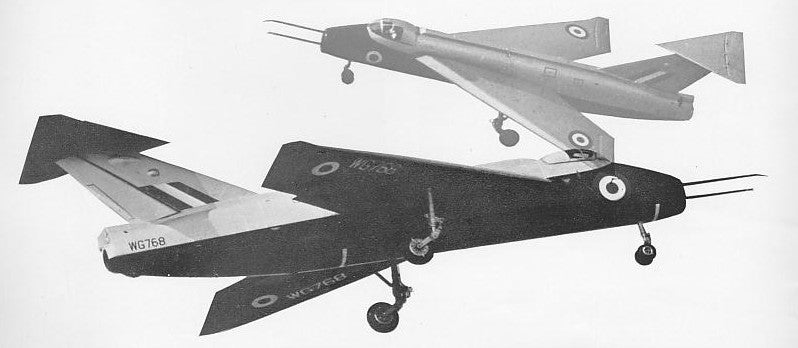
Short SB.5 research aircraft
Following testing with the SB.5, English Electric chose a 60-degree sweep, and the fighter received its unique shape. Another feature unique to the Lightning was its engine layout. Rather than place the two turbojet engines side-by-side, English Electric stacked the engines on top of each other. This arrangement gave the Lightning the power to reach Mach 2 while reducing drag and minimizing the frontal area of the fighter. The prototype Lightnings were powered by a pair of
!!!error: Indecipherable SUB-paragraph formatting!!!
non-afterburning (or non-reheating to the British) engines, and while those were not as powerful as the production
!!!error: Indecipherable SUB-paragraph formatting!!!
which would be fitted later, the Lightning still passed the sound barrier on its maiden flight. Following the successful testing of the prototypes, the P.1B, which featured the new Avon turbojet engines, took its first flight 1957 and, with the addition of a crude afterburner, allowed the Lightning to reach Mach 2. It entered service with the RAF in 1960 as the Lightning F.1, and its primary mission was to intercept Soviet bombers and provide protection to airfields so British nuclear bombers, known as the
!!!error: Indecipherable SUB-paragraph formatting!!!
, could take off. Subsequent variants added to the Lightning’s capability with more weapons and improved radar. With so much power available to Lightning pilots, the interceptor could achieve an altitude of 36,000 feet in less than three minutes, and tests showed that the Lightning was capable of intercepting a high-flying
!!!error: Indecipherable SUB-paragraph formatting!!!
spyplane. But that speed came at a cost. The Lightning was a very thirsty aircraft, and many of its missions were determined simply by the amount of fuel it could carry. While the RAF was the primary operator of the Lightning, a number of the 337 aircraft produced were exported to Kuwait and Saudi Arabia. In its nearly 30 years of service, the Lightning was never used in combat, and only claimed one aircraft shot down: an unmanned RAF
!!!error: Indecipherable SUB-paragraph formatting!!!
that was flying towards East Germany after its pilot ejected. The RAF retired their Lightnings in 1988, but a small number of aircraft still flown by private pilots.
(Photo author unknown)
!!! UNKNOWN CONTENT TYPE !!!
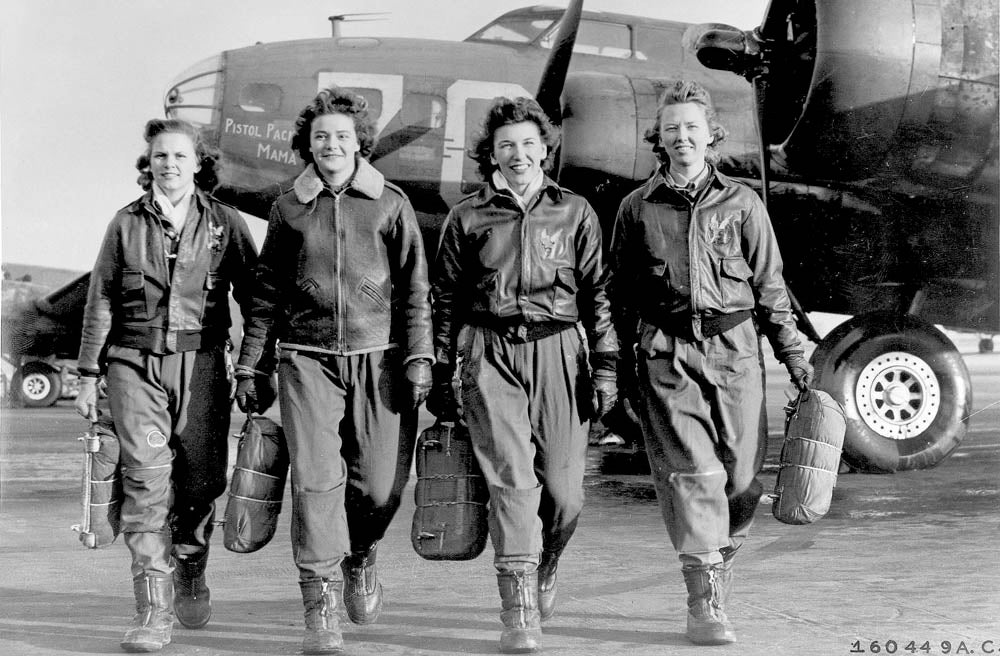
August 5, 1943 – The formation of the Women Airforce Service Pilots. Prior to the enactment of the !!!error: Indecipherable SUB-paragraph formatting!!! in 1948, which enabled women to serve as permanent, regular members of the US armed forces, most American women served in non-military support organizations such as the US Navy’s !!!error: Indecipherable SUB-paragraph formatting!!! (WAVES) and the US Army’s !!!error: Indecipherable SUB-paragraph formatting!!! (WAC). The only way for a woman to actually serve in the military was as an Army nurse. During WWII, about 400,000 American women served in support roles or as nurses, and more than 500 died, 16 from enemy fire. With so many American men fighting overseas or serving in the military stateside, jobs that were traditionally only filled by men were being very capably filled by women for the first time. !!!error: Indecipherable SUB-paragraph formatting!!! became a symbol of the new American workforce supplying the Arsenal of Democracy, but women helped the war effort in other ways, notably as pilots. Before the war, pioneering aviators !!!error: Indecipherable SUB-paragraph formatting!!! and !!!error: Indecipherable SUB-paragraph formatting!!! each submitted a proposal to train women pilots to ferry aircraft from the factories where they were produced to their assigned bases, saying that every woman who flew an airplane would free up one man for combat flying. Despite the lobbying efforts of !!!error: Indecipherable SUB-paragraph formatting!!! , their requests were denied, so Cochran traveled to England to join the British !!!error: Indecipherable SUB-paragraph formatting!!! , becoming one of the first American women to fly a military aircraft. In 1942, Love oversaw the creation of the !!!error: Indecipherable SUB-paragraph formatting!!! (WAFS), which began by ferrying US Army Air Forces trainers and light aircraft, but eventually transitioned to fighters, bombers and large transports. Cochran returned to the US as the WAFS started flying and, with approval from General !!!error: Indecipherable SUB-paragraph formatting!!! , oversaw the formation of the !!!error: Indecipherable SUB-paragraph formatting!!! (WFTD) in the summer of 1942. The two groups worked independently, and well, and they were merged into the Women Airforce Service Pilots in 1943 under the direction of Cochran to codify training and standards. More than 25,000 women applied for the program, but only 1,074 earned their wings. Primary training took place at !!!error: Indecipherable SUB-paragraph formatting!!! in Sweetwater, Texas, and their duties included not only the ferrying of aircraft but also carrying out test flights and towing targets for gunnery practice. However, while women were doing the same work as their male military counterparts, the Army still resisted allowing them to become pilot officers. Cochran continued to put pressure on the Army Air Forces to grant the WASPs a commission into the AAF, but Arnold resisted. Finally, Cochran issued an ultimatum: give the WASPs a commission or disband the group. The AAF, faced with a glut of pilots and trainees, disbanded the unit in December 1944 rather than create women officers. By that time, the WASPs had delivered 12,650 aircraft, and suffered 38 fatalities due to accidents. Despite their service, the Army would not afford any military honors at the funeral of a fallen pilot. The pilot’s body was shipped home at family expense, and they were not allowed to place the American flag on the coffin. After the war, veteran WASPs were barred from burial at !!!error: Indecipherable SUB-paragraph formatting!!! until legislation was signed in 2016. Though the WASPs opened the door for women military pilots, it would not thirty more years before !!!error: Indecipherable SUB-paragraph formatting!!! earned her wings and became the first woman to be commissioned as a pilot, flying for the US Navy in 1974. The US Air Force followed suit in 1978, but women were still barred from official combat roles until 1993. (US Air Force photo)
!!! UNKNOWN CONTENT TYPE !!!
Short Takeoff
!!! UNKNOWN CONTENT TYPE !!!
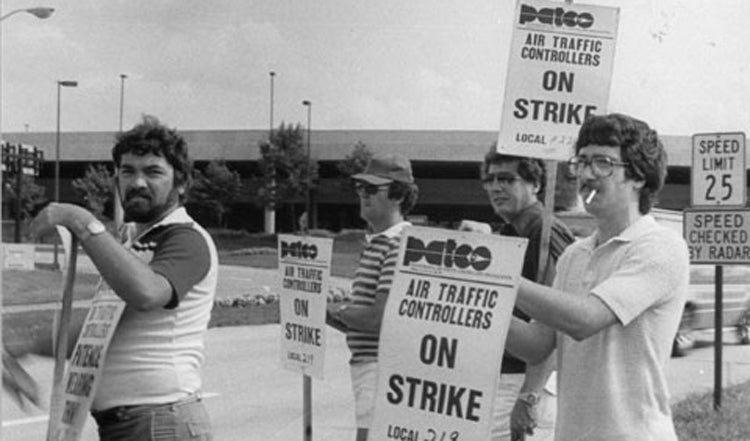
August 3, 1981 – The Professional Air Traffic Controllers go on strike. Air traffic controllers in the US had been unionized since 1970, and had a history of poor relations with the Federal Aviation Administration. Demanding better pay, better working conditions, and a 32-hour work week, controllers went on strike in 1981, in contravention of established US laws prohibiting strikes by government employees. When the strikers refused to return to work after being ordered to do so by !!!error: Indecipherable SUB-paragraph formatting!!! , 11,345 controllers were fired and banned for life from federal service. In 1993, !!!error: Indecipherable SUB-paragraph formatting!!! reversed the ban, but only 800 controllers regained their jobs, and it took 10 years to fully staff the nation’s air traffic system. (Photo via !!!error: Indecipherable SUB-paragraph formatting!!! )
!!! UNKNOWN CONTENT TYPE !!!
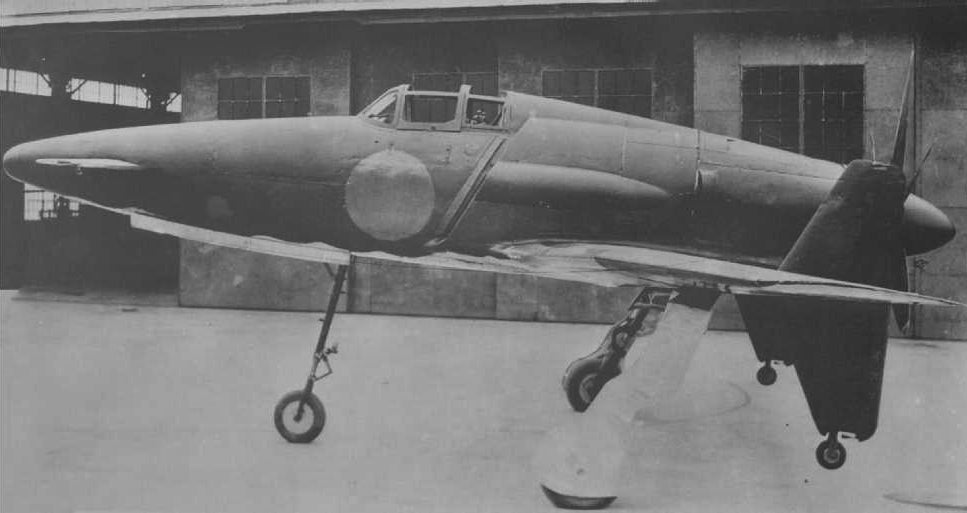
August 3, 1945 – The first flight of the Kyushu J7W Shinden, an interceptor developed for the Japanese Navy and notable for its use of a pusher propellor and forward !!!error: Indecipherable SUB-paragraph formatting!!! . Similar in layout to the !!!error: Indecipherable SUB-paragraph formatting!!! , the Shinden ( Magnificent Lightning ) was developed to provide defense against !!!error: Indecipherable SUB-paragraph formatting!!! raids on the Japanese homeland, and designers planned that the propeller engine could be supplanted by a jet engine in the future. The navy ordered the Shinden into production off the drawing board, but the war ended before development could progress beyond the construction of two prototypes. (Japanese government photo)
!!! UNKNOWN CONTENT TYPE !!!
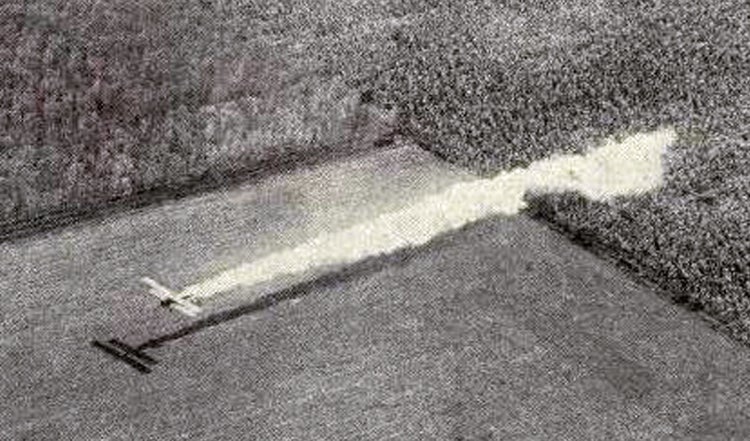
August 3, 1921 – The first use of an aircraft to apply pesticides to crops. !!!error: Indecipherable SUB-paragraph formatting!!! , better known as crop dusting, was first done from the air in 1906 in New Zealand when seeds were spread from a balloon. But using airplanes, the method used today, began in 1921, when US Army pilot Lt. !!!error: Indecipherable SUB-paragraph formatting!!! flew his modified !!!error: Indecipherable SUB-paragraph formatting!!! over a field in Ohio, spreading a load of lead arsenate to kill catalpa sphinx caterpillars as part of a joint operation between the !!!error: Indecipherable SUB-paragraph formatting!!! and the !!!error: Indecipherable SUB-paragraph formatting!!! . Today, crop dusting is performed the world over by both converted and purpose-built airplanes, helicopters, and even unmanned aerial vehicles. (Photo author unknown)
!!! UNKNOWN CONTENT TYPE !!!
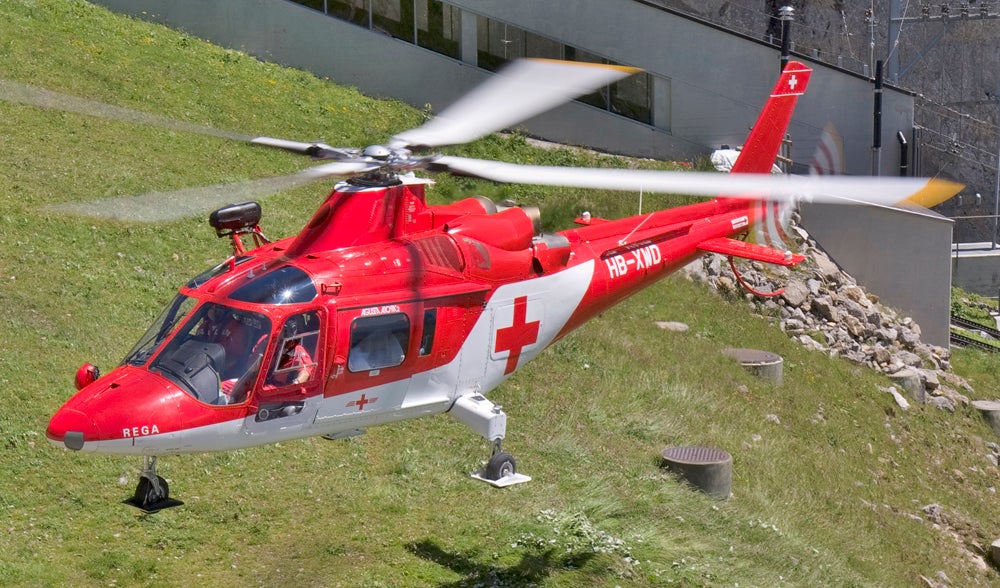
August 4, 1971 – The first flight of the AgustaWestland AW109, a twin-engine lightweight helicopter and the first all-Italian helicopter to enter mass production. !!!error: Indecipherable SUB-paragraph formatting!!! (now a subsidiary of !!!error: Indecipherable SUB-paragraph formatting!!! ) originally designed the A109 in the late 1960s with a single engine, but it was soon evident that a second engine was necessary to provide the necessary lifting power. Today, the AW109 is powered by a pair of !!!error: Indecipherable SUB-paragraph formatting!!! turbine engines and can accommodate up to 7 passengers at a top speed of just under 200 mph. The AW109 entered service in 1976 and is flown by the military and government agencies all over the world, and also commonly serves as an air ambulance or for corporate transportation. (Photo by Ikiwaner via !!!error: Indecipherable SUB-paragraph formatting!!! )
!!! UNKNOWN CONTENT TYPE !!!
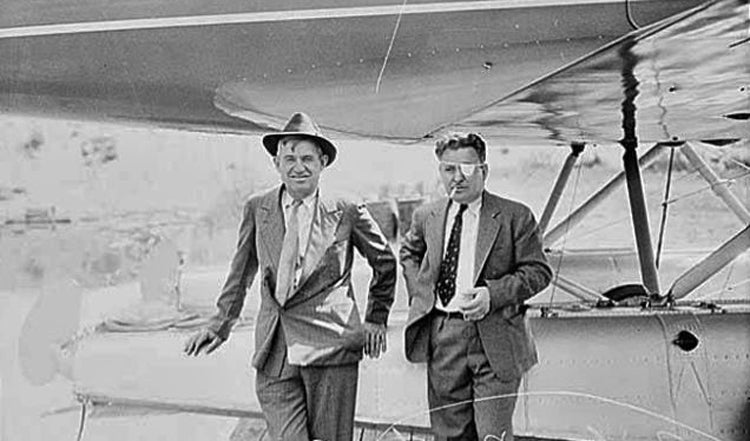
August 5, 1935 – The death of Wiley Post. Born on November 22, 1898 in Van Zandt County, Texas, Post was one of the giants of the !!!error: Indecipherable SUB-paragraph formatting!!! and began his flying career as a parachutist for a traveling circus before he lost his left eye in an oilfield accident in 1926. The money he got from the settlement allowed him to purchase his first airplane. He eventually became the first person to fly solo around the world in 1933, and also experimented with the first pressure suit for pilots. Post became good friends with famed American humorist !!!error: Indecipherable SUB-paragraph formatting!!! , and they would often travel together, with Post flying while Rogers worked at the typewriter. After becoming lost during a flight from Fairbanks to Point Barrow, Alaska in Post’s experimental aircraft he had cobbled together from parts scavenged from a !!!error: Indecipherable SUB-paragraph formatting!!! and a !!!error: Indecipherable SUB-paragraph formatting!!! , the pair crashed while taking off after landing in a lagoon to ask directions. (Photo author unknown)
!!! UNKNOWN CONTENT TYPE !!!

August 5, 1930 – The birth of Neil Armstrong. Born near Wapakoneta, Ohio, Armstrong took his first flight at age 5 on board a !!!error: Indecipherable SUB-paragraph formatting!!! and, after starting an engineering degree at Purdue University at age 17, he joined the US Navy, where he flew the !!!error: Indecipherable SUB-paragraph formatting!!! in Korea. Upon leaving the Navy, Armstrong served as a test pilot before joining the astronaut program, where he was selected as Command Pilot for the !!!error: Indecipherable SUB-paragraph formatting!!! mission in 1966 which performed the first successful docking in space. In 1967, Armstrong was chosen along with 17 other astronauts as the crew for the !!!error: Indecipherable SUB-paragraph formatting!!! missions. After the loss of the !!!error: Indecipherable SUB-paragraph formatting!!! crew, Armstrong was tapped as the commander of A !!!error: Indecipherable SUB-paragraph formatting!!! , the mission that would land the first man on the Moon. Uttering the famous words, “That’s one small step for [a] man, one giant leap for mankind,” Armstrong set foot on the Moon at 2:56 UTC on July 21, 1969. Armstrong never flew in space again, and died in 2012 at the age of 82. (NASA photo)
!!! UNKNOWN CONTENT TYPE !!!
Recent Aviation History Posts
!!! UNKNOWN CONTENT TYPE !!!
!!! UNKNOWN CONTENT TYPE !!!
!!! UNKNOWN CONTENT TYPE !!!
!!! UNKNOWN CONTENT TYPE !!!
If you enjoy these Aviation History posts, please let me know in the comments. And if you missed any of the past articles, you can find them all at !!!error: Indecipherable SUB-paragraph formatting!!! .
!!! UNKNOWN CONTENT TYPE !!!
 MonkeePuzzle
> ttyymmnn
MonkeePuzzle
> ttyymmnn
08/05/2016 at 13:06 |
|
11,345 controllers were fired and banned for life from federal service. In 1993, President Bill Clinton reversed the ban, but only 800 controllers regained their jobs, and it took 10 years to fully staff the nation’s air traffic system
wow! that’s astounding. any idea if there are any accidents directly related to what must have been a sever understaffing
 ttyymmnn
> MonkeePuzzle
ttyymmnn
> MonkeePuzzle
08/05/2016 at 13:16 |
|
I don’t think there were any accidents directly attributed to the firing, though the system definitely slowed down. If you have any interest at all in labor laws, this was really a watershed moment in the history of employer/employee relations, and helped significantly weaken the power of unions in general.
 HammerheadFistpunch
> ttyymmnn
HammerheadFistpunch
> ttyymmnn
08/05/2016 at 14:05 |
|
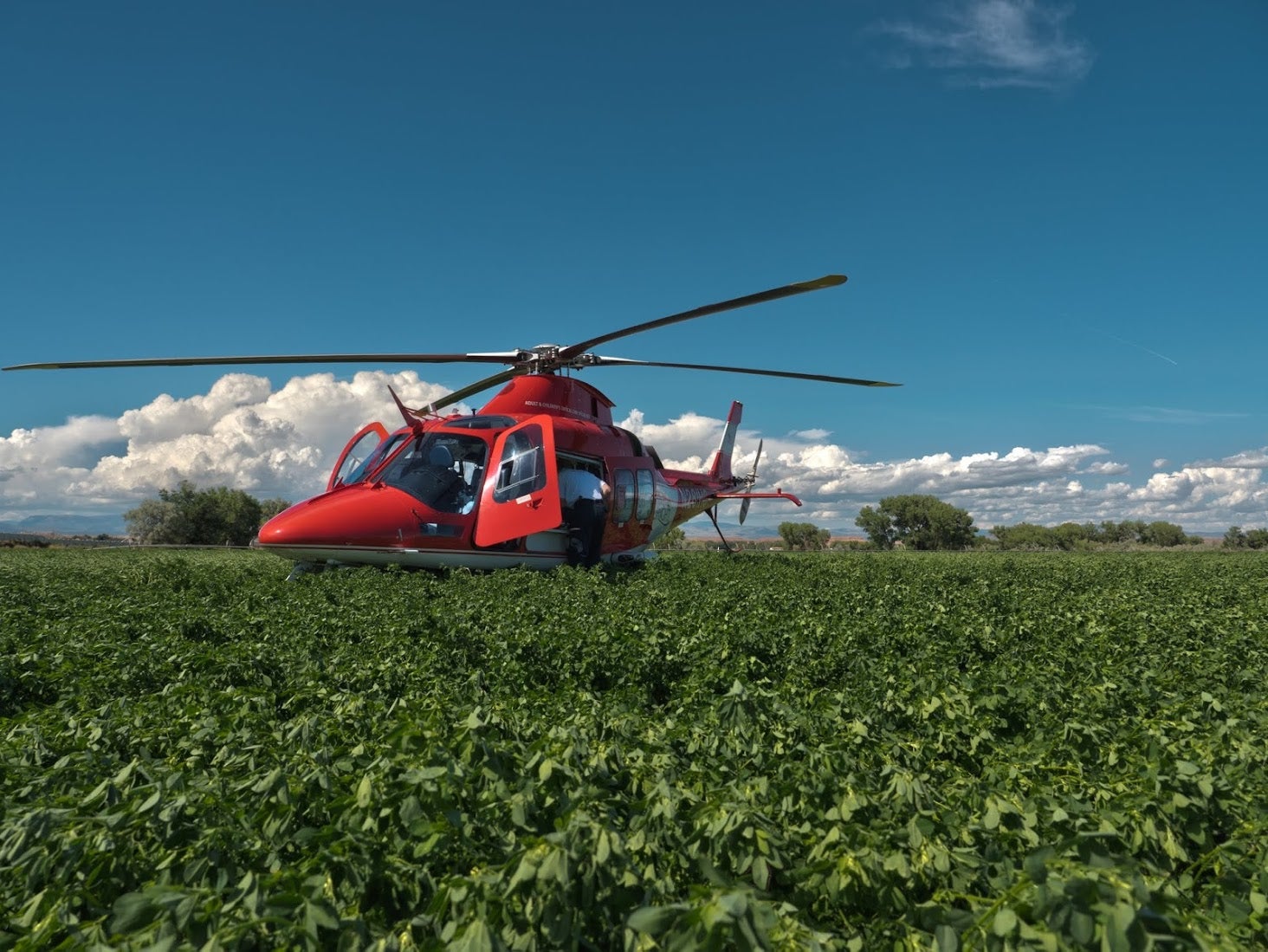
Big fan of the AW109 having flown in a few. Smooth as silk.
 ttyymmnn
> HammerheadFistpunch
ttyymmnn
> HammerheadFistpunch
08/05/2016 at 14:12 |
|
I have never ridden in a helicopter. It's on my bucket list.
 HammerheadFistpunch
> ttyymmnn
HammerheadFistpunch
> ttyymmnn
08/05/2016 at 14:14 |
|
mine too, luckily I got to do a few ride alongs as well as film with the doors open and sit in the copilots seats. Neat stuff.
 HammerheadFistpunch
> ttyymmnn
HammerheadFistpunch
> ttyymmnn
08/05/2016 at 14:14 |
|
I’m also fully qualified to tell you how to shut one down in the event of an emergency now.
 ttyymmnn
> HammerheadFistpunch
ttyymmnn
> HammerheadFistpunch
08/05/2016 at 14:20 |
|
That’s good to know. Do you hit the big red STOP button?
 HammerheadFistpunch
> ttyymmnn
HammerheadFistpunch
> ttyymmnn
08/05/2016 at 14:23 |
|
Kill the electrical bus bars, Kill the fuel bus bars, apply the rotor brake, turn off the o2. Start from the bottom of the panel and sweep your hand up until you reach behind you for the 02 cut. basically anything with a safety gate over the switch? turn that off.
 NotUnlessRoundIsFunny
> ttyymmnn
NotUnlessRoundIsFunny
> ttyymmnn
08/06/2016 at 09:32 |
|
Great read as always. Thanks!
 ttyymmnn
> NotUnlessRoundIsFunny
ttyymmnn
> NotUnlessRoundIsFunny
08/06/2016 at 10:04 |
|
Thank you! And thanks for reading.